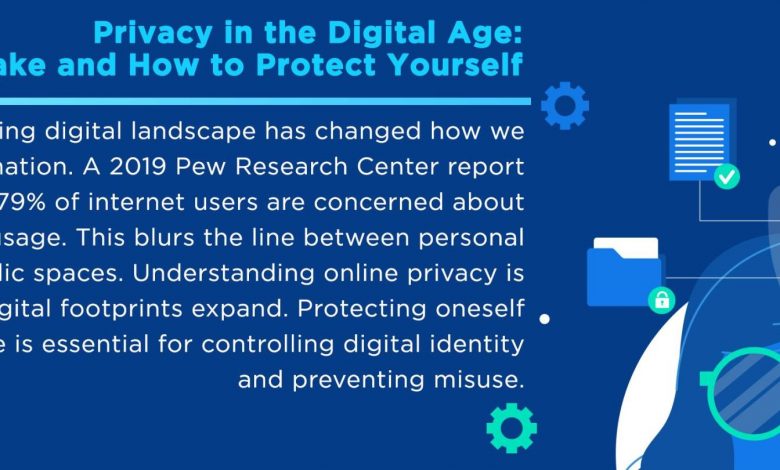Data Breaches and Cybersecurity: Protecting Sensitive Information in the Digital Age

Data Breaches and Cybersecurity: Protecting Sensitive Information in the Digital Age
In today’s digitally-driven world, data breaches and cybersecurity threats have become increasingly common. With more and more sensitive information being stored online, it’s crucial for individuals and businesses alike to take proactive measures to protect their data. In this blog post, we will explore the importance of cybersecurity and provide practical tips to safeguard your sensitive information.
Why is cybersecurity important?
Cybersecurity plays a vital role in safeguarding data from unauthorized access, theft, and manipulation. Here are a few key reasons why cybersecurity should be a top priority:
- Data Protection: A robust cybersecurity strategy ensures the protection of sensitive information, such as personal data, financial records, and proprietary business data.
- Privacy Preservation: Cybersecurity measures help maintain privacy, safeguarding individuals’ and organizations’ confidential information.
- Reputation Management: A successful cyber attack can damage an individual’s or organization’s reputation, leading to financial loss and customer distrust.
- Legal Compliance: Various laws and regulations require organizations to implement cybersecurity measures to protect personal and sensitive information.
Tips for protecting sensitive information
Implementing effective cybersecurity practices is essential for protecting sensitive information. Below are some proactive steps you can take:
1. Use Strong Passwords and Enable Two-Factor Authentication
Strong, unique passwords and two-factor authentication (2FA) provide an additional layer of security. Choose passwords with a combination of uppercase and lowercase letters, numbers, and special characters. Enable 2FA whenever possible for added protection.
2. Keep Software and Systems up to Date
Regularly update your operating system, antivirus software, firewalls, and other security software. These updates often include patches for known vulnerabilities, helping safeguard against the latest threats.
3. Encrypt Sensitive Information
Encrypting sensitive information adds an extra layer of protection. Utilize encryption tools to secure data both in transit and at rest. This ensures that even if data is intercepted or stolen, it remains unreadable without the encryption key.
4. Educate Employees about Cybersecurity Best Practices
Train your employees on how to identify suspicious emails, avoid phishing attempts, and practice safe browsing habits. Regular cybersecurity awareness programs can significantly reduce the risk of successful cyber attacks.
Frequently Asked Questions (FAQs)
Q1: What is a data breach?
A1: A data breach refers to unauthorized access or exposure of sensitive or confidential information, such as personal identification details, financial records, or trade secrets.
Q2: How can I detect a data breach?
A2: Common signs of a data breach include unusual account activity, unauthorized login attempts, unexpected system errors or slowdowns, and receiving notifications from banks or other organizations about potential data compromises.
Q3: What should I do if I suspect a data breach?
A3: If you suspect a data breach, immediately notify the relevant authorities or your organization’s IT department. Change your passwords, monitor your accounts for any fraudulent activity, and consider placing a fraud alert on your credit report.
Q4: How often should I update my cybersecurity measures?
A4: It’s recommended to update your cybersecurity measures regularly. Stay up to date with the latest security patches, continuously monitor your systems, and periodically review your cybersecurity strategy to adapt to new threats.
By following these tips and taking proactive measures, you can significantly reduce the risk of data breaches and enhance your overall cybersecurity posture. Remember, protecting sensitive information is a continuous effort and a crucial aspect of living in the digital age.